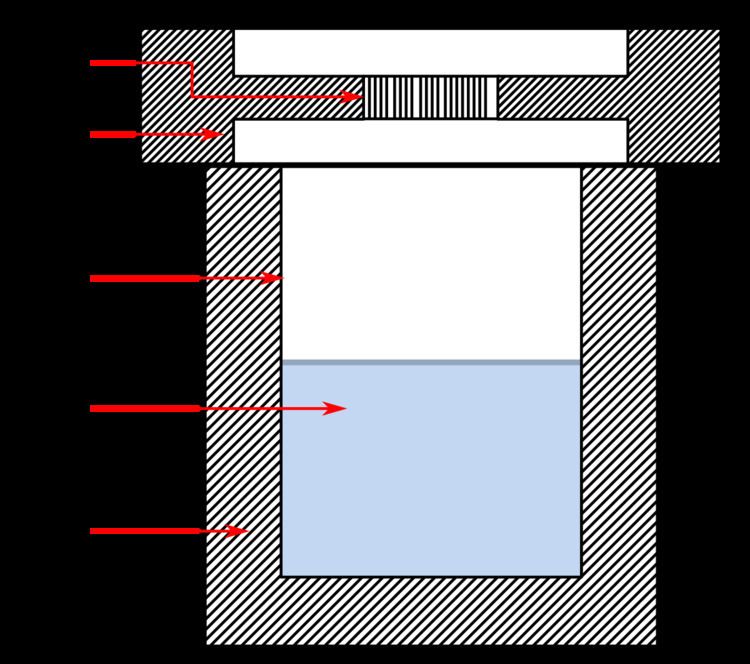 | ||
Solvothermal synthesis is a method of producing chemical compounds. It is very similar to the hydrothermal route (where the synthesis is conducted in a stainless steel autoclave), the only difference being that the precursor solution is usually not aqueous (however, this is not always the case in all uses of the expression in the scientific literature). Using the solvothermal route gains one the benefits of both the sol-gel and hydrothermal routes. Thus solvothermal synthesis allows for the precise control over the size, shape distribution, and crystallinity of metaloxide nanoparticles or nanostructures. These characteristics can be altered by changing certain experimental parameters, including reaction temperature, reaction time, solvent type, surfactant type, and precursor type.
Solvothermal synthesis has been used in laboratory to make nanostructured titanium dioxide, graphene, carbon and other materials.
